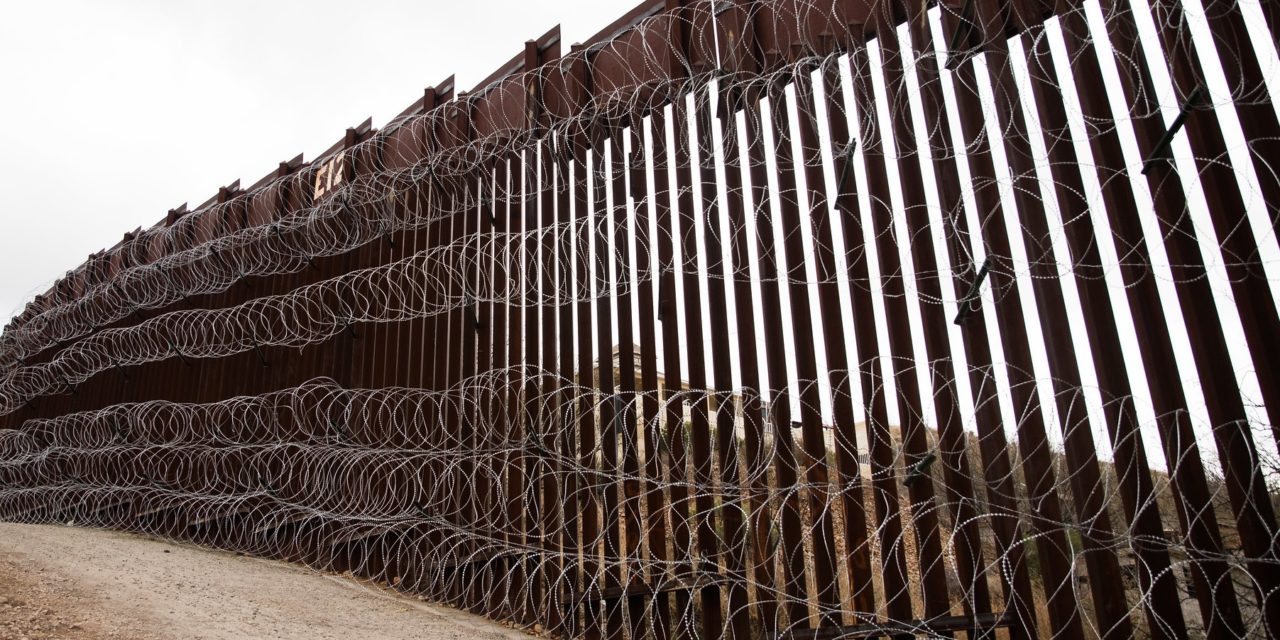The Trump administration has indefinitely extended its ban on immigration at U.S. land borders. The order was also expanded to include immigrants arriving at coastal ports.
The ban is based on an order from the U.S. Centers for Disease Control and Prevention (CDC), allowing Customs and Border Protection (CBP) to immediately remove migrants from the United States during the pandemic. The administration justified the policy citing a law that allows the president to prevent foreign nationals from entering the country when there is a serious threat of a dangerous disease.
When the ban was first announced in March, it was limited to 30 days. It was later extended for another 30 days. The most recent extension has no end date, although the CDC will review public health data every 30 days and reevaluate its guidance.
The order allows CBP to use an expedited process of “expulsion” to remove migrants from the United States. In most cases, this has replaced the usual deportation process. Arriving Mexican and Central American migrants are expelled to Mexico quickly, often in less than two hours. Those from other countries are quickly repatriated by plane. Expulsions are also occurring on the U.S.-Canadian border, but in much smaller numbers.
Since March 21, CBP has expelled more than 20,000 people. Almost 1,000 of them were children. At least 60 children have been returned to countries other than Mexico. CBP has forced some children to leave while their parents remained at the U.S.-Mexican border.
In some cases, children who arrived before the pandemic began have been unexpectedly expelled. Many people, including some Members of Congress, have argued that this treatment of children violates of the Trafficking Victims Protection Act.
The CDC order does not provide a procedure for seeking asylum during the pandemic. Some exceptions exist, but they are almost impossible to obtain. Between March 21 and May 13, only 59 people were allowed screening interviews for the chance to avoid expulsion. Only two of these people were granted the opportunity to enter the United States and begin the asylum process.
Asylum seekers who arrived before the pandemic have also been prevented from continuing their immigration process, but due to an entirely different policy. Approximately 12,000 people are waiting in Mexico under the administration’s Migrant Protection Protocols (MPP), also known as the Remain in Mexico program, which was first implemented in January 2019.
For over a year, asylum seekers in the Remain in Mexico program have been turned away at the U.S. border and forced to wait in Mexico for their U.S. court hearing. These hearings have been postponed four times throughout the pandemic.
Hearings are now postponed through at least June 19, although many fear it could be much longer. The recent delays have caused mass confusion. Many people have made dangerous trips through Mexican border cities only to learn that they will need to come back on a different day. Some of these asylum seekers have already been waiting at the border for a year. Like recent arrivals affected by the border ban, they are left in dangerous conditions with no way to proceed with their immigration case.
Medical experts agree that the border ban will not improve public health in the United States, which is already the current epicenter of the pandemic.
Dozens of public health officials sent a letter to the CDC urging it to reopen the border to asylum seekers. The group of doctors, epidemiologists, and medical school professors argue that much of the CDC’s concerns about the spread of the disease throughout “asylum camps” would be avoided if the government considered alternatives to detention. This would include releasing detained asylum seekers on parole, to permit them to live with friends and family in the U.S. as they continue fighting their cases.
The Trump administration has repeatedly used the COVID-19 pandemic to justify its restrictionist policy agenda. It has also implemented a ban on certain family- and work-based immigration, which is likely to be expanded soon.
The government should not use a global crisis as an excuse to deny asylum seekers their rights under federal and international law. It must allow asylum seekers, both those in MPP and those who have recently arrived, a fair process to seek protection in the United States.
FILED UNDER: covid-19, U.S.-Mexico Border


